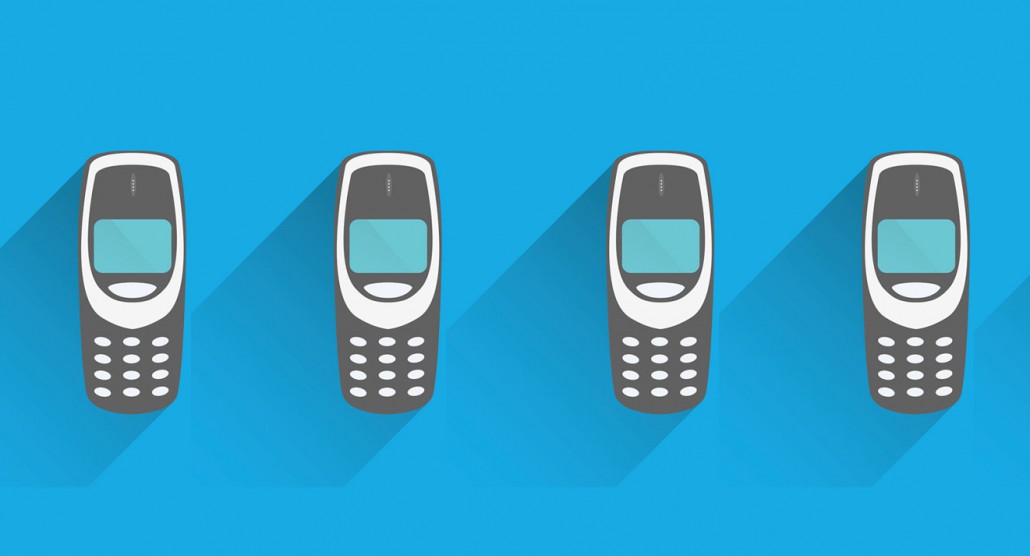The claim “created by consumers” will soon start appearing on packaging labels alongside “gluten free”, “eco-friendly” or “as seen on TV”. Why? To sell more products, of course!
A recent marketing trend indicates that consumers are more receptive to products designed in collaboration with other consumers or brand ambassadors. Mountain Equipment Co-op (MEC), for example, a brand that sells outdoor gear, uses ambassador feedback to design and improve its products. This collaborative approach led to the creation of the Constantia pants, which were tested by Sarah Hart, MEC’s climbing ambassador.
Studies have shown that companies make fewer mistakes when they consult clients before merchandising a product. One of the leaders in collaborative creation (or crowdsourcing) is MUJI, a Japanese retailer that sells clothes, furniture and household goods. This Asian-version of IKEA encourages clients to suggest new products. To help orient their ideas, the brand even proposes themes. Consumers then debate which ideas will be selected with actual designers on discussion forums. Prototypes are soon presented to the group, which votes, shares feedback and proposes improvements. MUJI continues to use this approach, which consistently generates products with a greater chance of survival—and the sales figures prove it. Fans obviously trust this retailer concept, as the sales for products labelled as “inspired by consumers” are 20% higher.
The participatory design trend is happening because we have lost confidence in experts of all kinds, including advertising professionals like me. Today, no one is more credible than the consumer, who has become an expert in their own right. We trust online content shared by friends twice as much as advertising. We choose restaurants and hotels based on the ratings of perfect strangers.
Collaborative creation boosts a brand’s credibility, sure, but can it be used to sell just about anything? Ordinary people can definitely test the quality of a pair of pants, but the concept can’t be stretched to all industries. A kitchen knife designed by aspiring chefs, yes. A smartwatch designed by student engineers, yes… and no. A high-end designer bag created by my neighbour, definitely not. High fashion accessories still have a certain prestige to uphold, after all.
Participatory design will not revolutionize the world of brands and marketing. Most often, consumer input is limited to how a current product can be improved—like changes to the Dell interface. Or, it is used to add variety to a catalogue, like what Lego did when it asked fans to suggest new building sets online and then manufactured the most popular. Furthermore, we can’t necessarily rely on consumers to invent the next life-changing innovation. Few people could have imagined the smartphone before the arrival of the iPhone. As Henry Ford, the inventor of the automobile, once said, “If I had asked people what they wanted, they would have said faster horses.”
This article was originally published in French on L’actualité.
Image from The Box Blog


